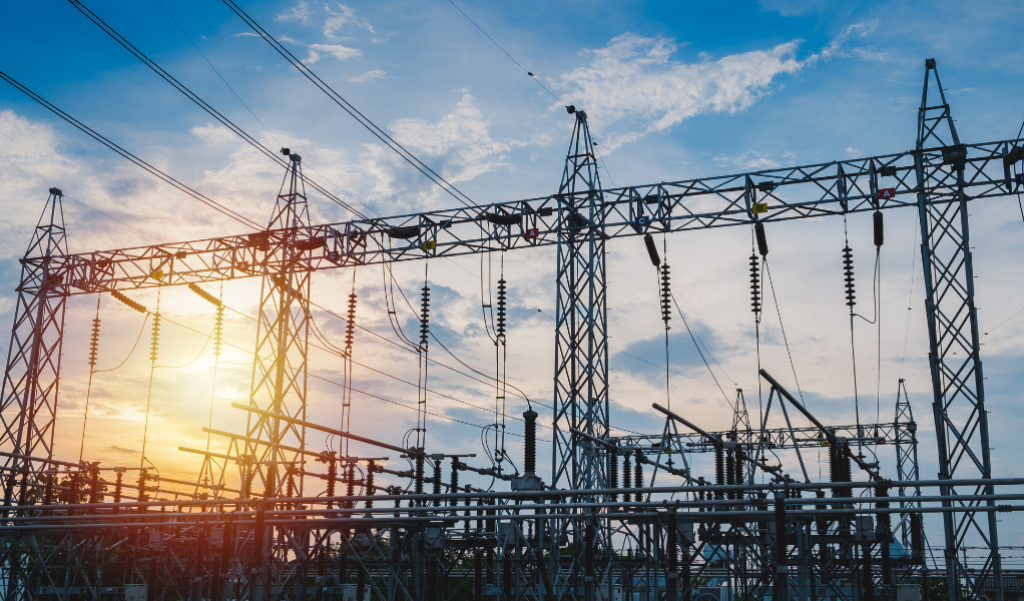When thinking about how to save energy, a great place to start is right at home. With a few smart habits, you can cut your energy costs, reduce the strain on your systems, and stay comfortable year-round.

Keep your temperature as close to the outdoor temperature as you can comfortably handle. In summer, let it drift warmer while you’re away; in winter, drop it cooler overnight and add a blanket. A programmable or smart thermostat can automate this and trim costs without any extra effort. It is best not to turn your AC or heat completely off when you’re away from home, as the energy used to bring it back to a comfortable range is greater than the energy used to maintain the temperature.
A clean filter improves air quality and helps your system run efficiently. Change your filter every one to three months or more frequently if you have pets or allergies. Keep your vents open, as closed vents actually force your system to work harder. Consult with an HVAC professional if you’re having significant trouble circulating air in your home. Use your fans to help regulate indoor temperature. In summer, fans can create a cooling breeze; in winter, flip ceiling fans clockwise to gently push warm air down.
Check your windows, doors, and even outlets for gaps that could be letting out air. For the best seal, try the paper test: close the window on a single sheet of paper. If you can easily slide the paper out of the window, you can improve the seal with weather stripping. Installing weather stripping and replacing caulk on the vulnerable spots is a simple DIY project for most. Consult Energy Star’s Window & Door Trim Project Guide for detailed instructions.
On hot afternoons, skip the oven and use the microwave, slow cooker, or grill to keep indoor temperatures down. In winter, lean into baking or roasting to add indoor warmth.
When using your washing machine, only run full loads and use cold water. Hang dry your clothes when possible or run dryer loads early or late to avoid adding to peak heat. The same goes for dishwashers, try to run full loads at the end of the day.
By lowering your water heater temperature to 120°F, you can reduce your energy consumption and risk of scalding while maintaining a comfortable temperature for showers and hand washing.
Chargers, TVs, and gadgets draw “phantom power” even when turned off. Use a power strip for easy shut off or try smart plugs that schedule cutoffs automatically. When you leave a room, always remember to turn off the light.
Outdoor trees and shrubs can help to insulate your house from heat or cold. In summer, use your blinds and curtains indoors and sunshades and awnings outdoors to block out some of the light and heat from the sun. In winter, let the sunshine in by opening curtains to warm things up naturally.
From sealing gaps to using power strips, every small change helps to cut energy costs and keep your home more comfortable. After a few seasons, you will see the savings start to add up.